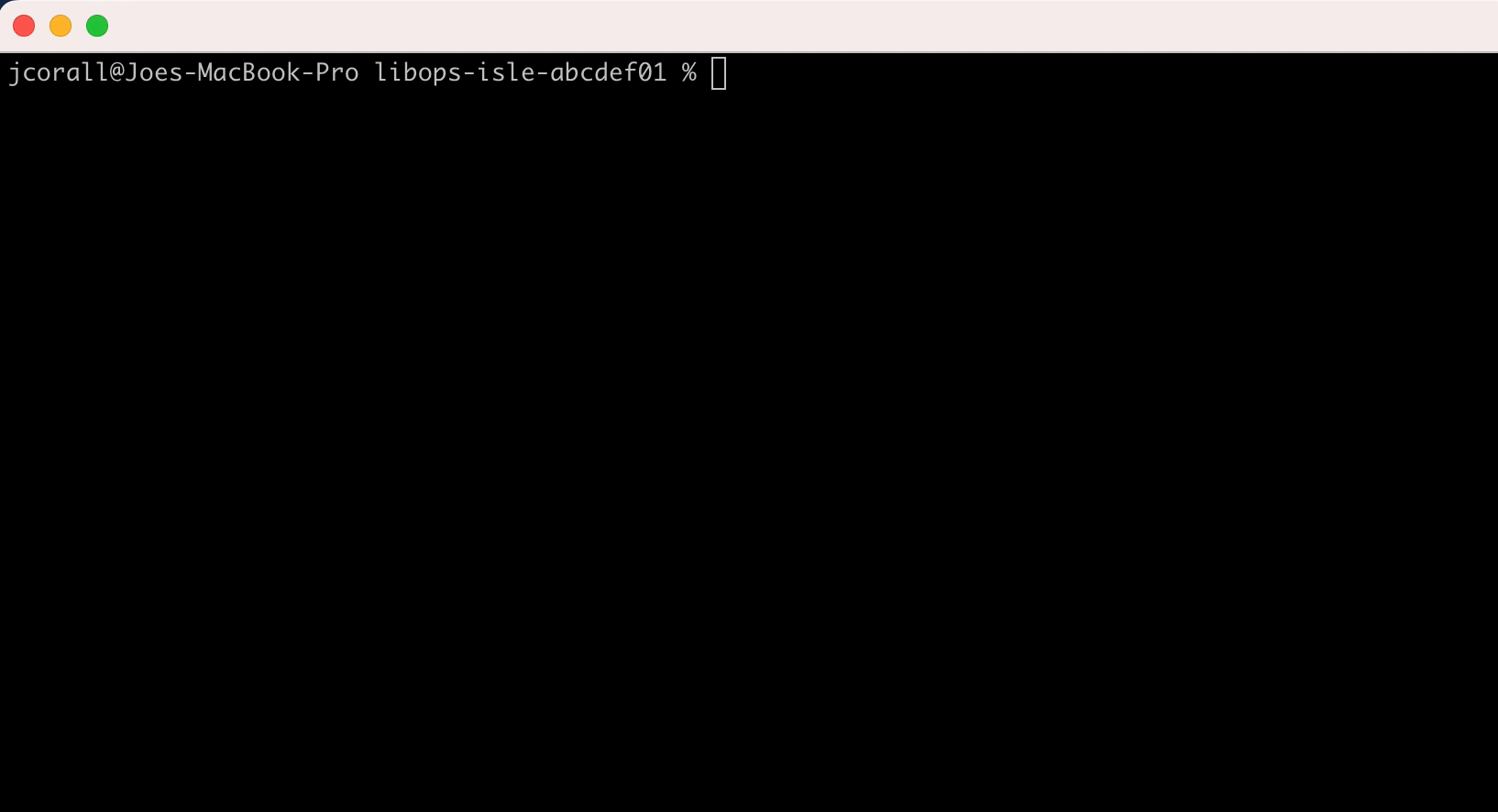sitectl
sitectl is a useful utility to interact with your libops site.
Install
Prerequiste (gcloud)
sitectl requires Google Cloud's gcloud CLI to be installed and authenticated on the same machine you run sitectl commands from.
So before installing libops you must:
After gcloud is installed you can install sitectl using homebrew or a binary.
Homebrew
You can install sitectl using homebrew
brew tap libops/homebrew https://github.com/libops/homebrew
brew install libops/homebrew/sitectl
Download Binary
Instead of homebrew, you can download a binary for your system from the latest release
Then put the binary in a directory that is in your $PATH
Usage
After installing the CLI, you can see the list of commands by running sitectl --help. The sitectl should be ran from the root of your GitHub repository. This is so the CLI can automatically read the name of your site without having to pass the --site flag to specify the name.
$ sitectl --help
Interact with your libops site
Usage:
sitectl [command]
Available Commands:
backup Backup your libops environment
completion Generate the autocompletion script for the specified shell
config-ssh Populate ~/.ssh/config with libops development environment
drush Run drush commands on your libops environment
get Display information about your libops environment.
help Help about any command
import Import resources to your libops environment.
sequelace Connect to your libops database using Sequel Ace (Mac OS only)
set Set information on your libops environment.
sync-db Transfer the database from one environment to another
Flags:
-e, --environment string libops environment (default "development")
-h, --help help for libops
-p, --site string libops project/site (default "YOUR-LIBOPS-SITE")
-v, --version version for libops
Use "sitectl [command] --help" for more information about a command.
Default environment
Any command you run with libops will run against your development environment. This can be changed by passing the -e or --environment flag. e.g.
sitectl backup -e production
Commands
set developer
Use this command to add a developer to your libops site environments.
libops site environments and CLI commands are protected by a firewall and/or gcloud authentication. To provide access to a developer sara@institution.edu who works from two locations with IP addresses 1.2.3.4 and 5.6.7.8 you could run the command:
sitectl set developer \
--google-account sara@institution.edu \
--skip-pub-key \
--ip 1.2.3.4/32 \
--ip 5.6.7.8/32
git add libops.yml
git commit -m "Adding Sara"
git push origin development
If you happen to have her public SSH key on your computer, you could also set her up for SFTP access.
sitectl set developer \
--google-account sara@institution.edu \
--pub-key /path/to/sara/id_rsa.pub
Similarly, you could also set yourself up by running
sitectl set developer
That command will automatically read your gcloud authenticated email, SSH public key, and public IP address and add the information to libops.yml.
drush
You can use sitectl drush to execute drush commands against your libops environment.
Reset super user password
sitectl -e production drush -- uli --uid 1
Clear the cache
You could clear the cache on your development environment by running
sitectl drush -- cr
sequelace
On Mac OS with Sequel Ace installed, running sitectl sequelace will open a connection to your libops development environment database. You could connect to production similarly via
sitectl sequelace -e production

get config
Running sitectl get config will run drush cex on your environment, download the contents of the config export, and save that export to your local checked out git repo. You could export your config from production and push the config with something like:
cd /path/to/your/libops/site
sitectl get config -e production
git add --all config
git commit -m "drush cex"
git push origin development
get info
Running sitectl get info will return a JSON string containing connection information for different aspects of your libops environment:
sitectl get info | jq .
{
"database": {
"host": "mariadb",
"name": "drupal",
"port": 3306,
"credentials": {
"username": "root",
"password": "***"
}
},
"drupal": {
"url": "https://site.domain"
},
"matomo": {
"url": "https://site.domain/matomo/",
"credentials": {
"username": "***",
"password": "***"
}
},
"ssh": {
"host": "10.1.2.255",
"port": 1234,
"credentials": {
"username": "****"
}
}
}
backup
Running sitectl backup will backup the database for your libops environment. For example you could backup the production database by running:
sitectl backup -e production
import db
Running sitectl import db can get a SQL file on your local machine imported into a libops environment. For example, to import a SQL file called "drupal.sql" from your local machine to development you can run:
sitectl import db --file drupal.sql
sync-db
Running sitectl sync-db can copy the database from one environment into another. For example, to import the production database into development you can run:
sitectl sync-db --source production --target development